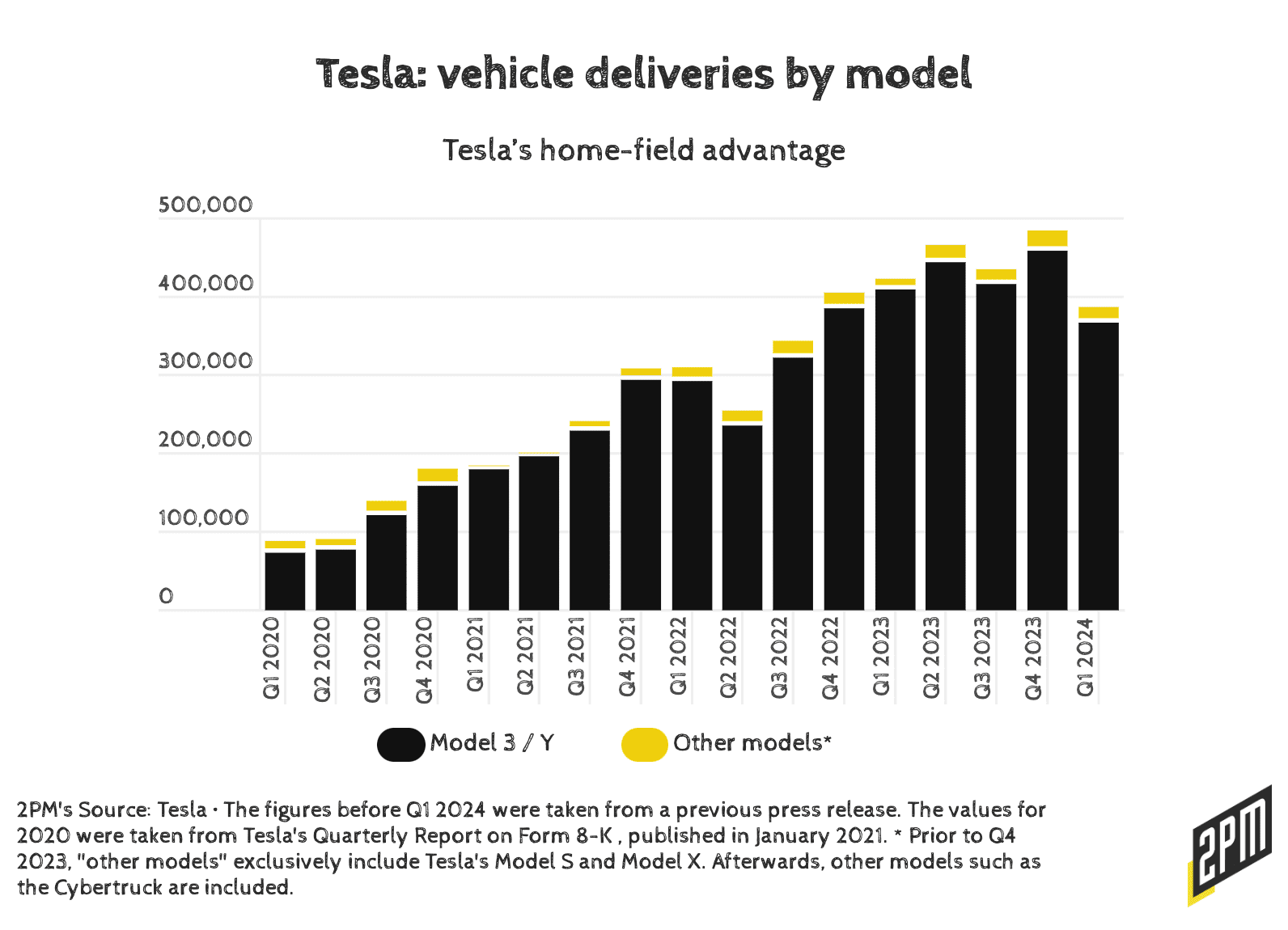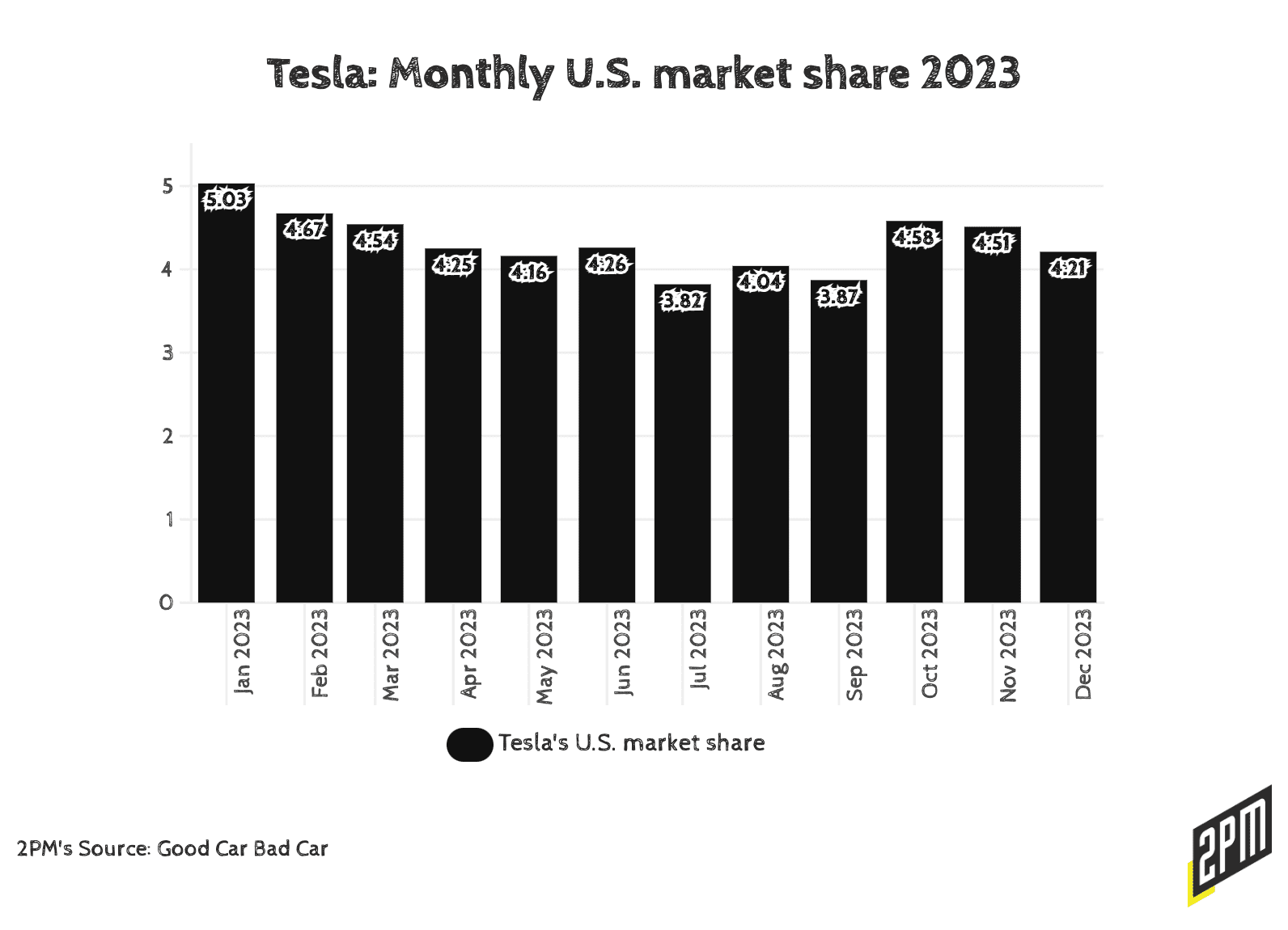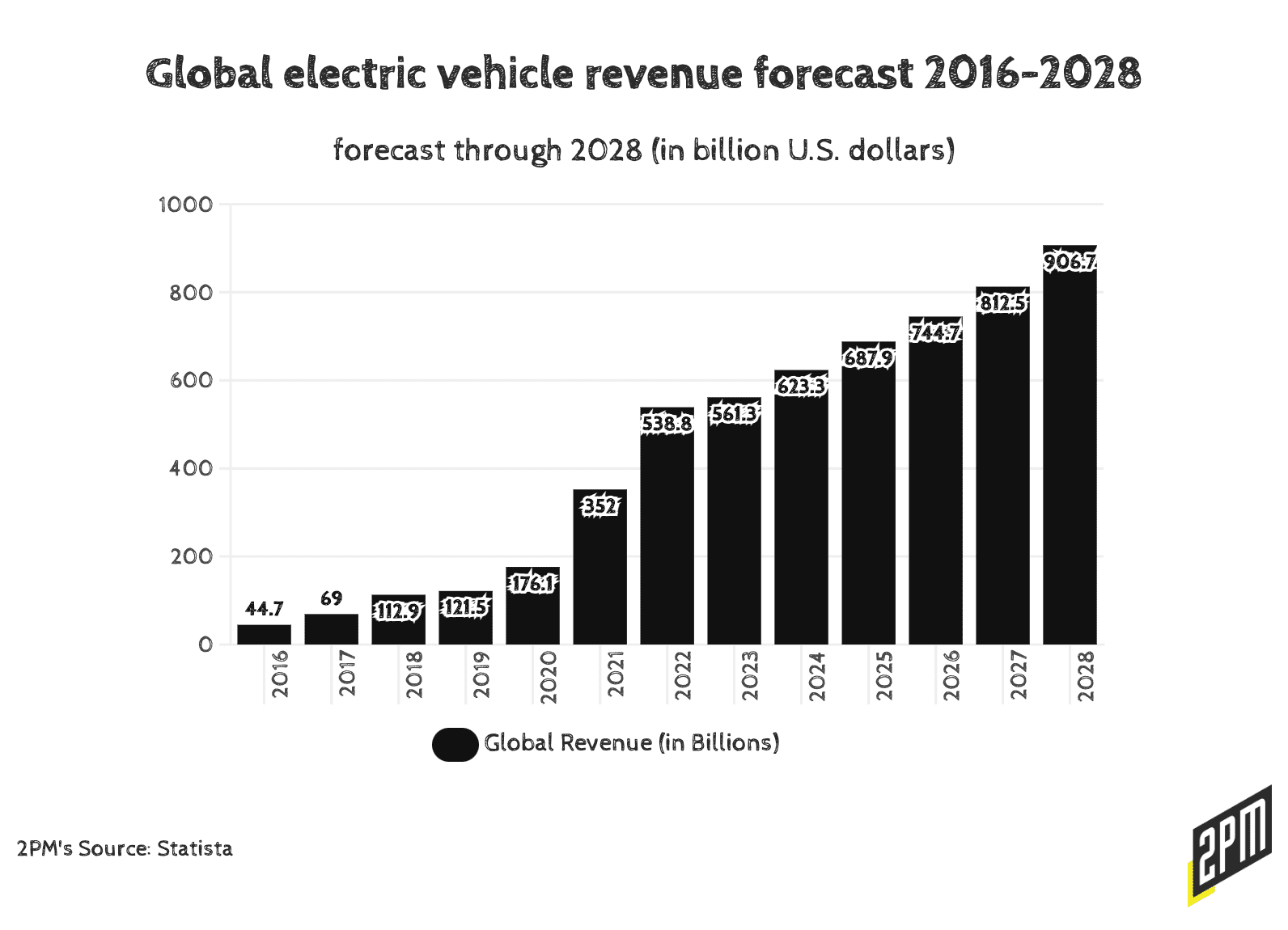
Foxtrot Market’s failure stemmed from fundamental misalignments with the convenience store model. Initially, Foxtrot aimed to differentiate with a unique, upscale product mix and aesthetic appeal. However, their strategy overlooked the essential role of meeting everyday consumer needs which is crucial for driving frequent customer visits. Foxtrot focused on specialty items rather than staples like bread, milk, and convenient services, which are critical for repeat business in the convenience sector. What is Foxtrot? The neighborhood stop focused on locally sourced products, foodservice, grab-and-go item in a “cozy, upscale neighborhood market feel.”
While Foxtrot offered an appealing store design and high-end products, it failed to integrate essential convenience items and services that fulfill daily consumer needs and compete with traditional and app-based delivery services. The lack of basic convenience store elements, such as walk-in coolers and gas pumps, and the shift towards city center locations with high rents and declining foot traffic, further strained their operations.
Ultimately, Foxtrot’s business model was not sustainable in the highly competitive convenience store market. I believe that Foxtrot’s failure is a part of a much larger narrative that also includes the potential shelving of TikTok as an advertising channel, retail media’s increasing costs (96% of CPGs are managing spend on three or more networks), and the galvanizing of CPG distribution at the top of the market (Walmart, Costco, and Kroger).

But there is another valuable insight to consider here, CPG has abandoned affordability. And as a result, outside of closed circle of an exceptional food, drink, and snack food brands, the window is closing.
The landscape for CPG brands is undergoing a seismic shift, marked by increased challenges in distribution avenues, market consolidation by retail giants, diminishing venture capital interest, and heightened cost pressures. This confluence of factors is rapidly closing the window of opportunity for CPG brands to achieve widespread distribution and visibility. In the Argument for CPG Investing, I laid out the promising prospects for investing in the grocery, CPG, and meal delivery sectors, projecting significant growth and advising strategic investment.
By 2027, food and beverage are expected to constitute 21.5% of eCommerce, up from less than 14%, illustrating a major shift towards grocery and food CPG as smarter investments compared to the unstable fashion and accessory sectors. However, a significant caveat in the marketability of CPG products through major channels is the consumers’ overwhelming preference for purchasing groceries from established retailer websites and apps, as opposed to new-age online marketplaces or direct brand channels. This preference indicates a deep trust in traditional grocery retailers, which poses a challenge for new entrants or smaller brands in gaining significant market traction independently. I went on to explain that mega retailers like Kroger and Walmart lead in leveraging their established platforms for online grocery sales, illustrating the importance of these major channels in shaping the digital grocery landscape. This dynamic creates a barrier for new brands and underscores the critical role of strategic partnerships and platform choice in the success of CPG companies in the eCommerce realm.
The Retail Dominance of Major Players
Recent data by Supermarket News reveals a significant concentration of CPG spending, with Walmart alone capturing over 21% of all U.S. CPG expenditures. This dominance is closely followed by Costco and Kroger, creating formidable barriers for smaller CPG companies seeking shelf space. The retailer preference is regional, according to data found on Numerator:
Food and mass retailers capture over half of all CPG sales across the country, but channel preferences differ regionally. Shoppers in the Western United States spend significantly more at club retailers, Midwesterners favor mass merchandisers, Southerners have slightly less distinct preferences, but over-index at dollar stores, while shoppers in the Northeast spend more at traditional grocery stores.
Across the U.S., the top five retailers for CPG spending are Walmart (21.2%), Costco (7.8%), Kroger (6.9%), Amazon (5.3%), and Albertsons (4.3%). The dominance of these retailers not only limits the visibility of smaller brands but also dictates the terms of market engagement, often favoring established brands with proven sales records. One great example of this is electrolyte-based CPG brand LMNT:

LMNT has exemplified how a strategic combination of native eCommerce and broad distribution through giants like Walmart and Amazon can catapult a CPG brand to profitable, enterprise-level growth. Initially leveraging its direct-to-consumer model, LMNT established a robust online presence that facilitated direct relationships with consumers, fostering brand loyalty and collecting invaluable customer data. This strong foundation enabled them to expand into extensive retail distribution channels effectively.
The introduction of LMNT-based sparkling waters is a calculated move to capitalize on their established market presence and the operational synergies provided by Walmart and Amazon. These platforms not only offer massive visibility but also ensure streamlined logistics and distribution, crucial for meeting the demand spikes typical for successful CPG products.
With a potent mix of strong brand identity, high consumer awareness, and a passionate fanbase, LMNT has crafted a winning playbook for CPG growth. This strategy is particularly effective in today’s competitive market, where establishing a significant retail and digital footprint is essential for long-term success.
The Impact of Venture-backed Retail Closures
The closure of Foxtrot market highlights the volatility and uncertainty facing new market entrants reliant on such platforms for growth. Foxtrot was instrumental in testing and promoting innovative CPG products like Graza, giving nascent brands crucial consumer exposure. According to a recent AdExchanger article and described by Paul Voge, CEO of Aura Bora, “There are very few retailers willing to roll the dice on a new brand with unproven sales, track record, margins etc.” The loss of such an incubator platform exacerbates the challenge for emerging brands to find supportive retail environments conducive to growth and experimentation. The retailer was ideologically aligned with many of the DTC brands that it was known to feature:
Foxtrot was of the same age and temperament as its digital-native brands, says Becca Millstein, co-founder and CEO of the DTC darling tinned fish brand Fishwife. “It shared our mindset of real nimbleness and creativity and fast growth, which is somewhat unique to startup culture.”
The marriage between VC and DTC brands has faced significant challenges in recent years primarily due to a shift in the economic landscape and evolving market dynamics. Initially, DTC brands thrived, leveraging VC funding to grow rapidly without the immediate need for profitability. This strategy capitalized on low digital marketing costs and the novelty of direct online sales, which promised higher margins by bypassing traditional retailers.
However, as interest rates increased and the economic environment tightened, the sustainability of these DTC brands came under scrutiny. Investors, who were once content with growth at any cost, began demanding viable paths to profitability. Simultaneously, the cost of digital advertising surged, diminishing the return on investment for customer acquisition and inflating the cost of maintaining growth.
This influenced the growth of retail media as a pathway for growth.
 These factors, combined with a realignment of consumer spending away from non-essential purchases, led to a recalibration of the value of DTC brands, many of which saw their market valuations plummet or had to revert to private ownership to restructure away from public market pressures. This reality check marked a significant downturn in the VC-DTC relationship, highlighting the need for DTC models to adapt to a more financially sustainable approach.
These factors, combined with a realignment of consumer spending away from non-essential purchases, led to a recalibration of the value of DTC brands, many of which saw their market valuations plummet or had to revert to private ownership to restructure away from public market pressures. This reality check marked a significant downturn in the VC-DTC relationship, highlighting the need for DTC models to adapt to a more financially sustainable approach.
Consumer Dynamics and Economic Pressures
The current economic climate further complicates the landscape. While some premium brands like Unilever and Reckitt Benckiser are experiencing growth, others face stiff resistance. Nestlé, for instance, reported a decline in sales volumes, which the company attributes to “weak US demand as well as intense price competition in the frozen food category” (eMarketer, 2024). This bifurcation in consumer behavior reflects a broader trend where a segment of the market gravitates toward premium brands, while a larger and far more substantial portion continues to favor private labels and discount alternatives amid ongoing economic uncertainties and inflation.
Foxtrot Market’s failure stemmed from fundamental misalignments with the convenience store model but also, larger economic pressures contributed.
In today’s economic landscape, rising cost pressures are heightening the demand for affordable products over luxury goods, a shift driven by several compelling factors. First, inflation rates have surged globally, significantly impacting household budgets. In the U.S., the Consumer Price Index (CPI) rose 6.5% over the past year, marking a substantial increase in the cost of living and squeezing consumer spending power (U.S. Bureau of Labor Statistics, 2023). As disposable incomes shrink, consumers are increasingly seeking value-driven purchases, rather than premium, high-cost options.
Moreover, wage growth has not kept pace with inflation, effectively eroding real incomes. This disparity between wage increases and inflation rates compels consumers to prioritize essential and budget-friendly goods. According to a Pew Research Center analysis, about 70% of Americans consider inflation a major threat to their financial well-being, influencing their shift towards more economically priced products.
The economic uncertainty spurred by these trends has led to a cautious consumer approach. Luxury goods (to include CPG), often considered discretionary expenditures, are among the first to be curtailed in times of financial strain. In contrast, affordable products are perceived as both necessary and prudent choices in uncertain economic times, supporting the need for companies to adjust their product offerings to meet the increasing demand for affordability.
Waning Investment and the Need for Marketing Innovation
With cooling interest from venture capital and tighter debt markets, the financial squeeze forces CPG companies to rethink their strategies and seek out new methods for consumer engagement and product launch. Innovative marketing and product diversification are becoming critical as brands navigate the complexities of a market where traditional advertising costs are escalating and traditional retail platforms are becoming less accessible.

The potential ban or divestiture of TikTok in the U.S. could also significantly disrupt the marketing strategies of many brands, particularly those that have leveraged the platform’s unique algorithm for product discovery and customer engagement. TikTok has become a vital tool for reaching younger demographics, who often discover new products through viral content and influencer collaborations. The platform’s highly personalized content feed effectively captures user attention, making it an invaluable asset for brands aiming to introduce new products or reinvigorate interest in existing ones. According to a recently published report on Consumer Goods:
According to a TikTok CPG Insights survey conducted last year, 79% of millennials and 75% of Gen-Zers discover new CPG products more often after joining TikTok, and 3 in 4 make the majority of their household purchase decisions right on the platform. Of all CPG products being marketed on TikTok, the top three categories are Food & Beverage (91%), Personal Care (80%), and Household Care (73%).
Permanently losing TikTok could stifle these brands’ ability to reach large audiences quickly and cost-effectively, as no other platform offers the same level of organic reach and engagement. Consequently, brands might face higher marketing costs and lower efficiency in their campaigns elsewhere. This could hinder not only discovery but also repeat purchases, as TikTok’s continuous engagement keeps products top of mind among consumers, encouraging them to come back and buy again.
****
DTC investment in 2021 reached $5 billion. By 2023, that number fell to $130 million. Meanwhile, Walmart has launched its proxy to the luxury CPG brands that rely so heavily on Foxtrot, Thrive Market, TikTok and retail media: it’s called BetterGoods.
While Walmart executives said they weren’t marketing Better Goods specifically to higher-income consumers, they acknowledged that the assortment might appeal to those shoppers.
Looking forward, the ability of CPG brands to thrive will hinge on their adaptability to these evolving market conditions. The consolidation of retail power, changing consumer preferences, and economic pressures demand a strategic recalibration from CPG brands. Success in this new era will likely depend on leveraging digital marketing channels, understanding nuanced consumer behaviors, and delivering innovative products that resonate with a diverse consumer base. The path forward for CPG brands is fraught with challenges but also ripe with opportunities for those that can navigate this complex landscape with agility and strategic insight.
Веб Смит







